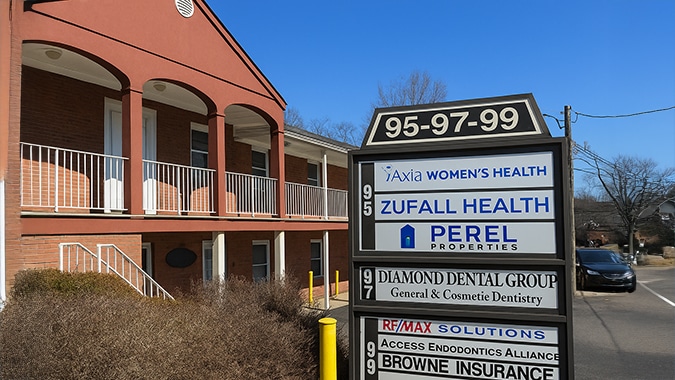There were 21 states – including New Jersey – where the majority of tenant households spent 30% or more of their incomes on rent and utilities last year, compared with just seven states in 2019, according to new data released by the U.S. Census Bureau on Thursday.
Households are considered cost-burdened when they spend more than 30% of their income on rent, mortgage payments, and other housing costs, according to the U.S. Department of Housing and Urban Development (HUD). Households spending more than 50% of their income on housing costs are considered severely cost-burdened because they are left with less money for spending on other necessities such as food, clothing, transportation and medical care.
In New Jersey, 51.1% of renters were cost-burdened in 2023, compared to 49% in 2019, according to an analysis of the federal data by Stateline.
States with the largest share of cost-burdened tenant households include Florida (61.7%), Nevada (57.4%), Hawaii (56.7%), Louisiana (56.2%), California (56.1%), and Arizona (54%).
Arizona and Nevada had the largest increases in the percentage of cost-burdened tenants. Arizona’s share of cost-burdened renters rose from 46.5% in 2019 to 54% in 2023 and Nevada’s share of cost-burdened renters rose from 51.1% in 2019 to 57.4% in 2023.
The states with the lowest rates of cost-burdened renters as of 2023 were North Dakota (37%), Wyoming (41.2%), South Dakota (41.3%), Kansas (43.5%) and Nebraska (44%).
Nationwide, the median income-to-housing costs for renters remained unchanged from 2022 at 31%. For homeowners, the median housing cost as a percentage of income was 21.1% for those with a mortgage and 11.5% for those without a mortgage, according to Census Bureau data.
One of the costs impacting homeowners was insurance. In 2023, 5.4 million of the 85.7 million homeowners in the United States paid $4,000 a year or more for homeowner’s insurance. Florida had the highest number (1.2 million) of homeowners paying $4,000 a year or more for homeowner’s insurance, followed by Texas (784,000), and California (560,000).




